Kitchen planning
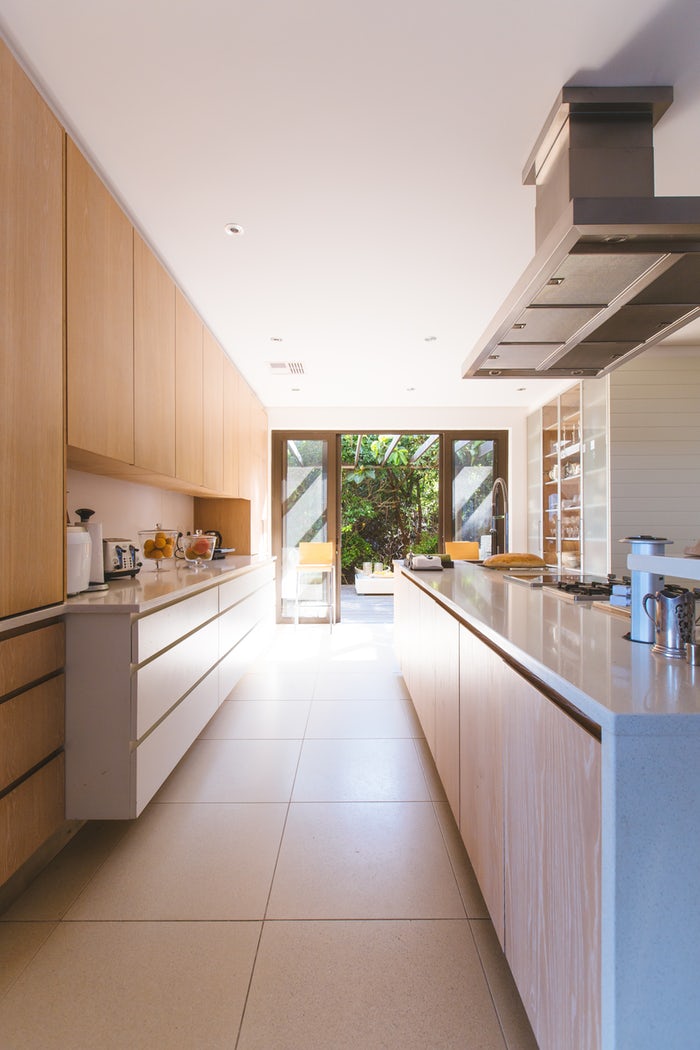
The kitchen or 'domestic workshop' is the center
Of all food preparation and cooking. Therefore it should be well panned to save Labour and increase efficiency. Fixed equipment should be arranged so that unnecessary walking is avoided. For example; built-in fireplace should be near the working surface and sink if any. The fire place should be under a window to allow smoke to pass out and it should be under a window to allow smoke to pass out and it should be built so that a current of air passes near it to keep the fire burning.
The kitchen should be large enough to meet the needs of the family. The wall should have an easily cleaned surface and the floor should be washable
Good window space is essential especially in a kitchen where wood and charcoal fires are used. There should be adequate storage space for perishable and non perishable food. There should be shelves for storing equip and cupboards for utensils -
Kitchen equipment
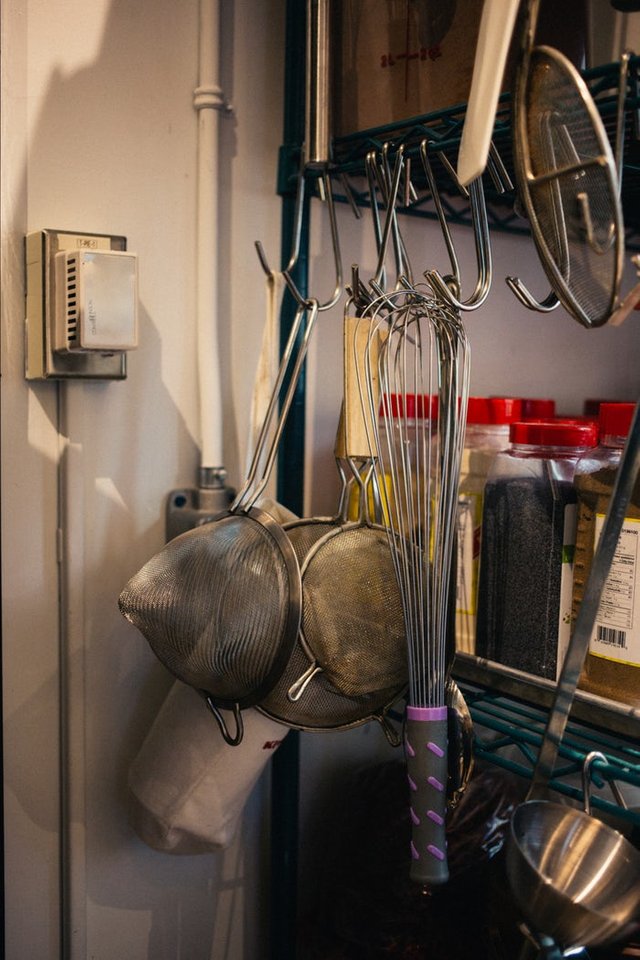
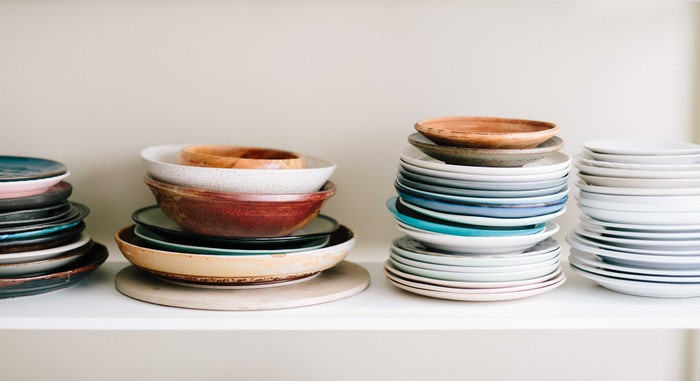
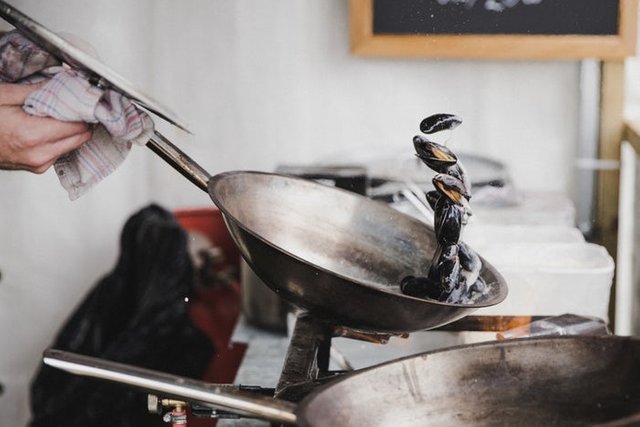
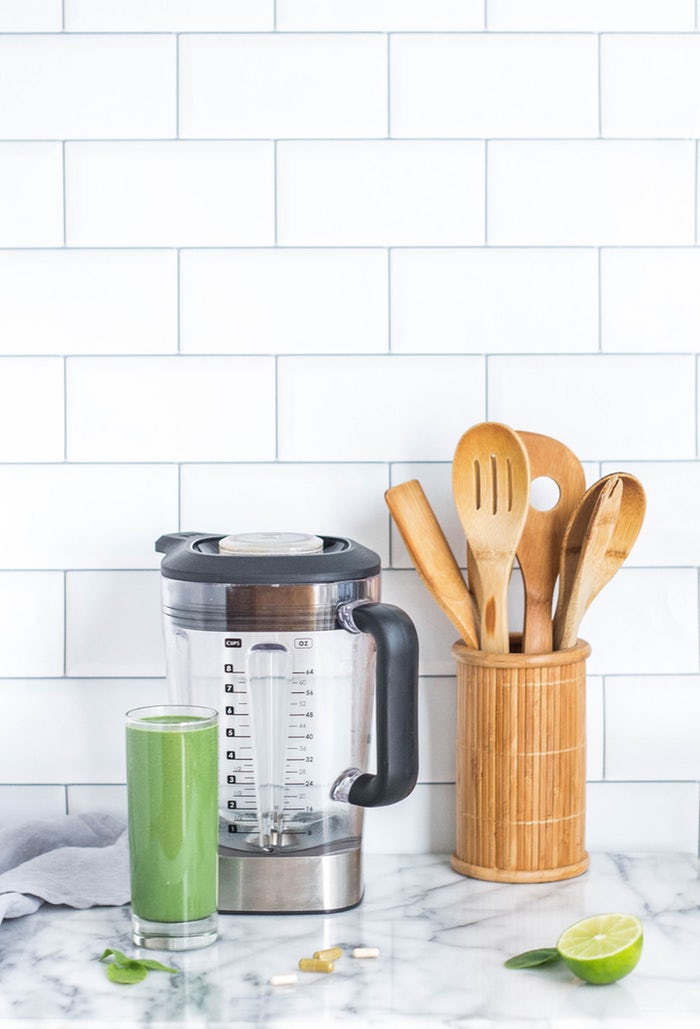
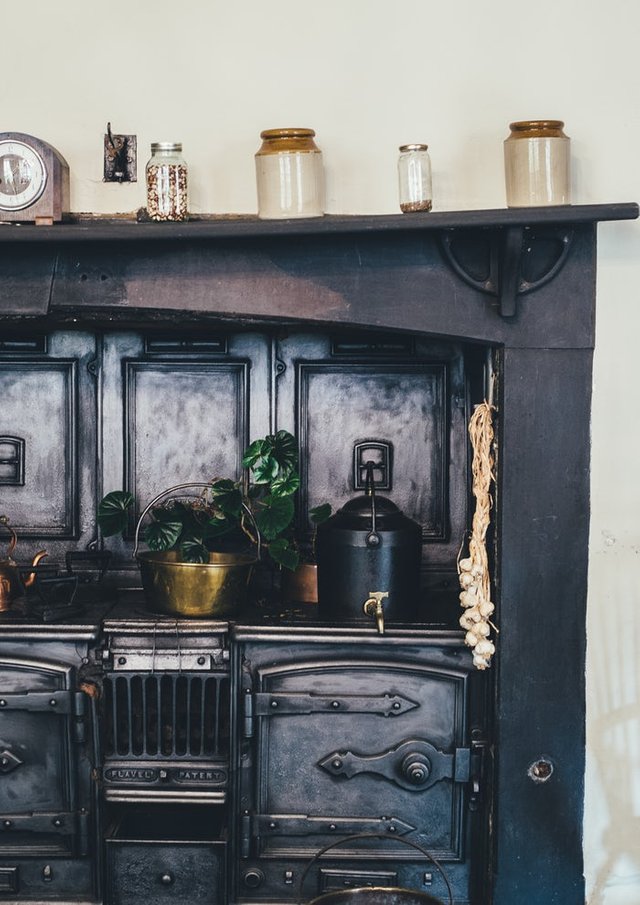
Kitchen hygiene
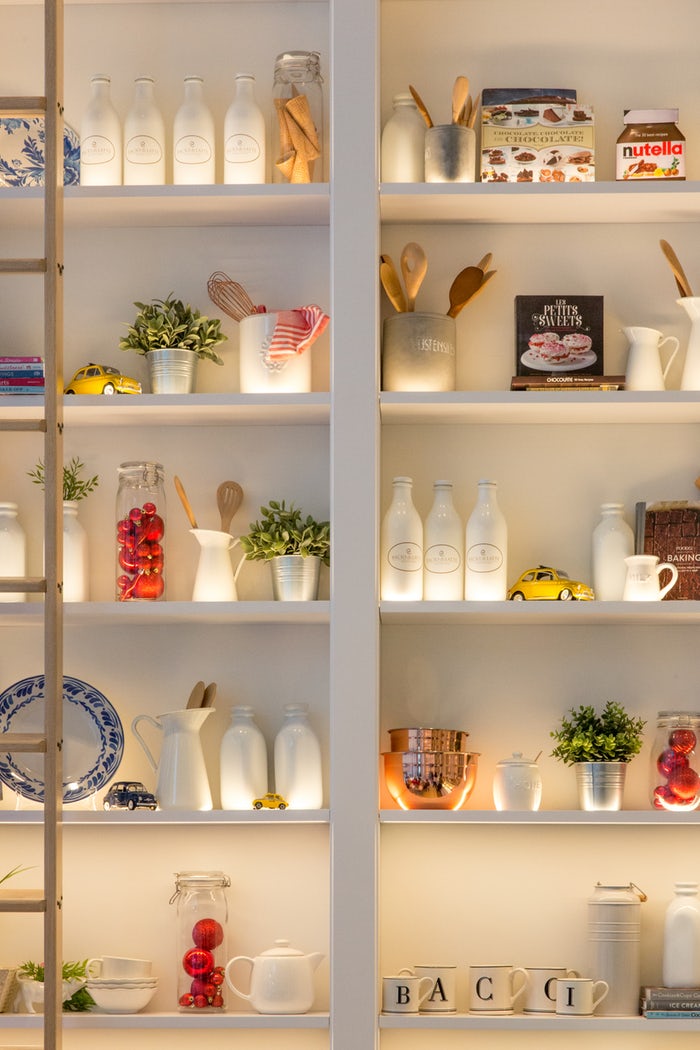
Absolute cleanliness is essential in worker, tools and equipment. Dirty and unwholesome food may cause many diseases, therefore food should be prepared under the most hygienic conditions possible
Wrap all waste foods, and empty refuse bins everyday
Keep prepared food covered to prevent flies from resting on them and contaminating them
Wash up dishes after use with plenty soap and water, and drain by turning them upside down
Examine fresh foods carefully for grubs, etc. Also discard food which show any sign of decay
Store foods carefully according to their nature. For example perishable and non perishable
The tables should be scrubbed after cooking to discourage flies and other pests such as cockroaches. These pests are disease carries, therefore they should not be allowed to gain access to food
Refuse bins should always be kept well covered
Empty the coal pots, the ash trays and clean all stoves or cooking places after cooking every day
Cover all foods when cleaning the floor and use method that will keep down dust